Please add image or text logo
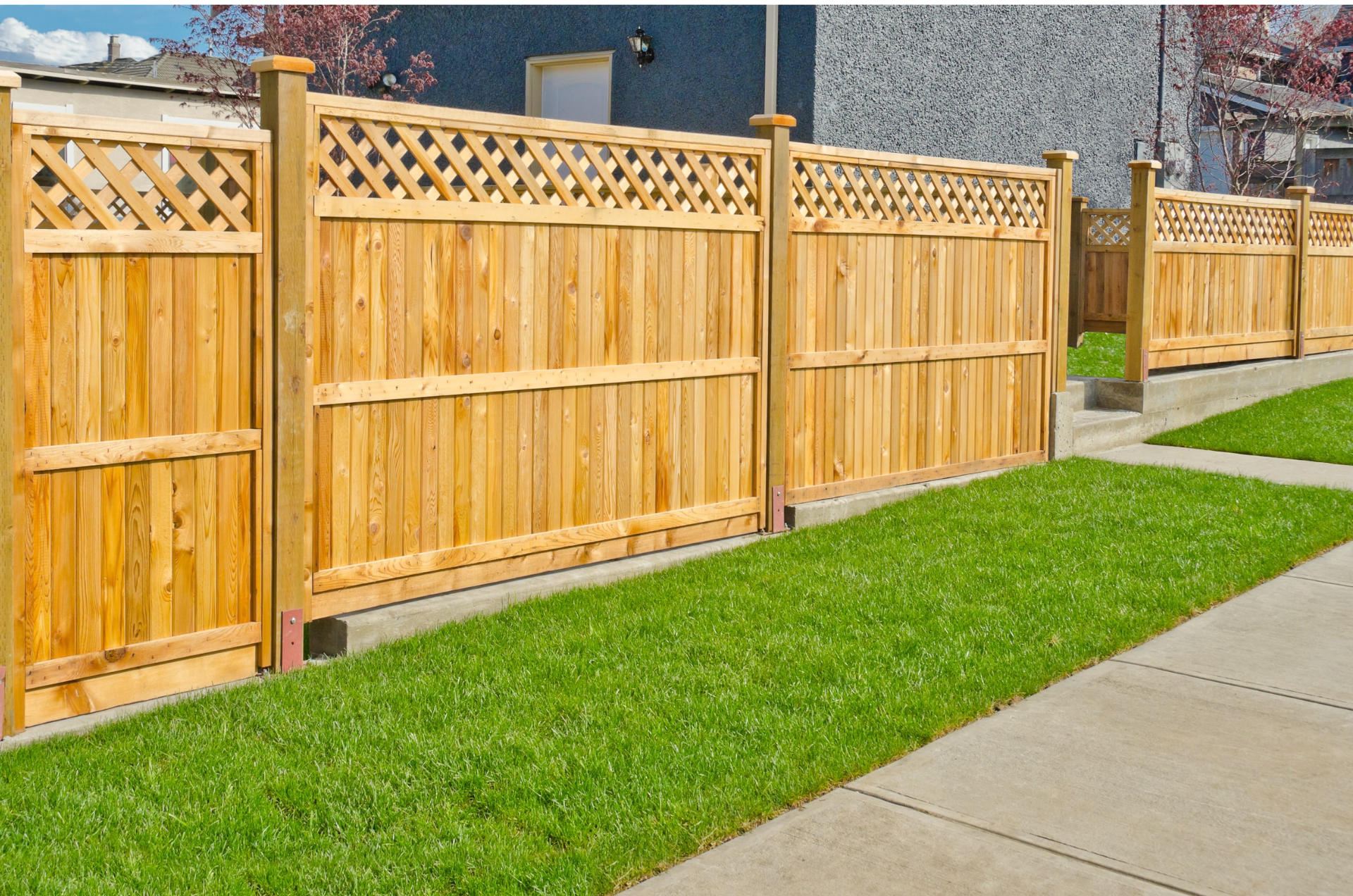
Discover the UK rules for maximum fence height and front garden fence regulations.
Whether you’re planning on sprucing up your garden or enhancing your home’s privacy, understanding the legalities and regulations around fence heights is crucial. If you’re installing new fencing around your property, you need to make sure you comply with both UK and local regulations. This will ensure you won’t have to face the costly possibility of altering or replacing your fences.
To help you install your new fencing properly and in compliance with regulations, here we explain the rules around UK fence heights. Discover the UK fence height regulations, why they might vary by location and property, and the responsibilities around boundary fences.
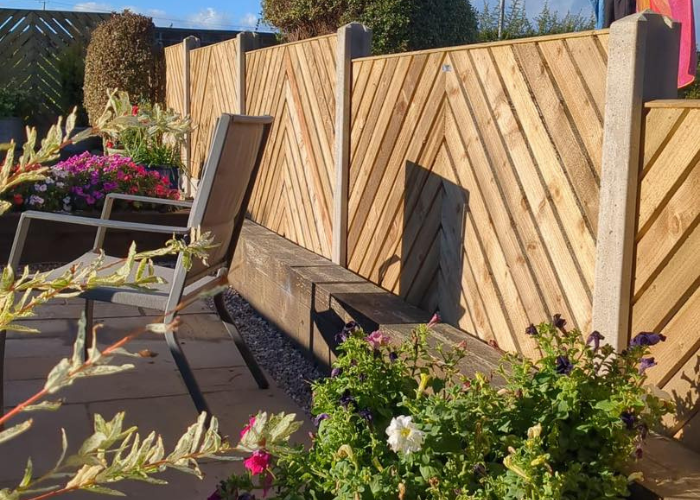
Front and back garden fencing can be different heights in the UK:
● Back garden fences: In back gardens, the maximum height for fences is usually 2 metres (approximately 6.6 feet) from the ground on your side.
● Front garden fences: In front gardens, or any parts of your property that border roads (highways) or public footpaths, the maximum height for fences is usually 1 metre (approximately 3.3 feet) from the ground on your side.
Fences that are higher than these limits will usually need planning permission from your local council before they can be installed.
You should also be aware that fence height rules can vary by local authority. They may also vary if your property is a listed building (or borders one) or is in a conservation area. Stricter regulations might apply.
To find out if this is the case, contact your local council before installing new fences – even if they’re below the above height limits.
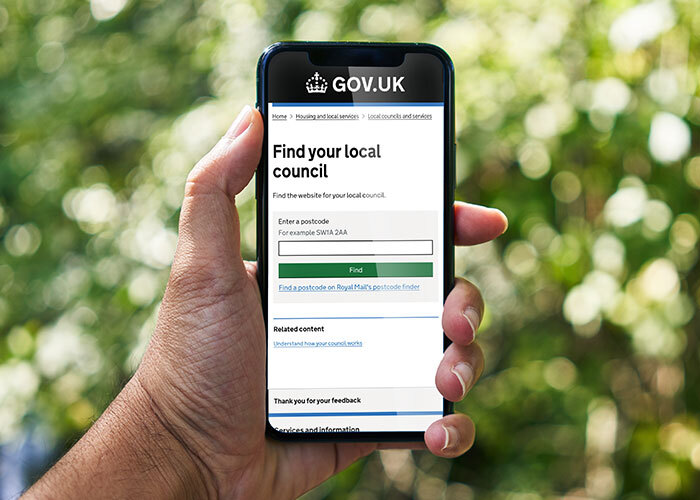
It’s a good idea to contact your local council to see if local regulations for fence heights vary where you live, or to find out if your property has any special rules applying to it. You may be able to get permission to install higher fencing, or you may have to alter new fencing in some other way to meet local authority rules.
You can find your local council’s website by searching via your postcode.
Once you’re on your local authority website, you may see a link right away for planning permission enquiries. If not, see if you can find a contact phone number or email address where you can ask to be put in touch with the right department.
You can also find out more about planning permission via the UK’s Planning Portal.
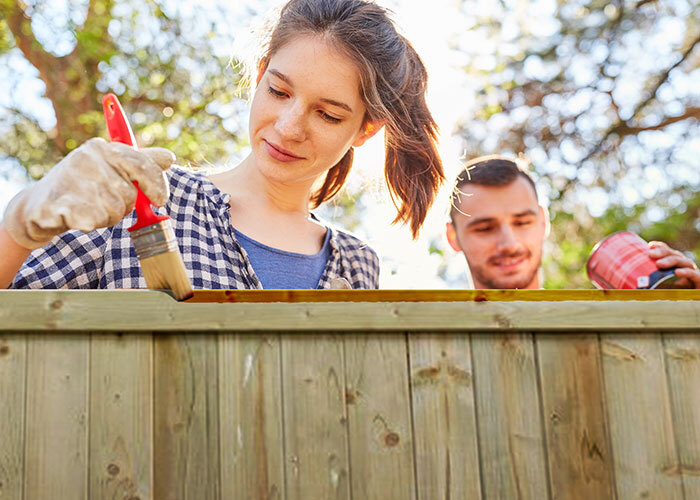
In addition to fence regulations, you also need to think about and be clear on your property rights and responsibilities before beginning work on fencing:
● Property owner rights: As a property owner, you have the right to install fences within the height limits and regulations set by your local council.
● Fence maintenance responsibilities: If a fence is solely on your property, you’re responsible for its upkeep. For fences on shared boundaries, you should ideally agree on maintenance responsibilities with your neighbours.
● Boundary ownership: Before installing fencing, especially where no fencing has previously existed, you may also need to check where the boundaries of your property actually lie. You can look at deeds, titles and other property documents to do so. If these aren’t available, you should be able to request them from the Land Registry.

As well as considering back and front garden boundary fence law for the UK, local authority requirements, and property rights and responsibilities, you should also think about your neighbours when it comes to installing new fences.
Consider how new fencing will impact your neighbours and their property. Will high fencing block sunlight into their garden? Is your neighbours’ garden at a different level than yours, and will the fencing be higher for them? Has there been a fence there before, or will adding fencing be a rather drastic change? Will removing old fencing and adding new panels cause any damage to plants or property on their side of the fence?
Even if your planned new fencing complies with local council regulations, it’s worth talking to your neighbours before work begins to tell them what you’re planning. This can prevent anything coming as a surprise, and can make sure your neighbours are informed and comfortable with the new fence they’ll be sharing with you.
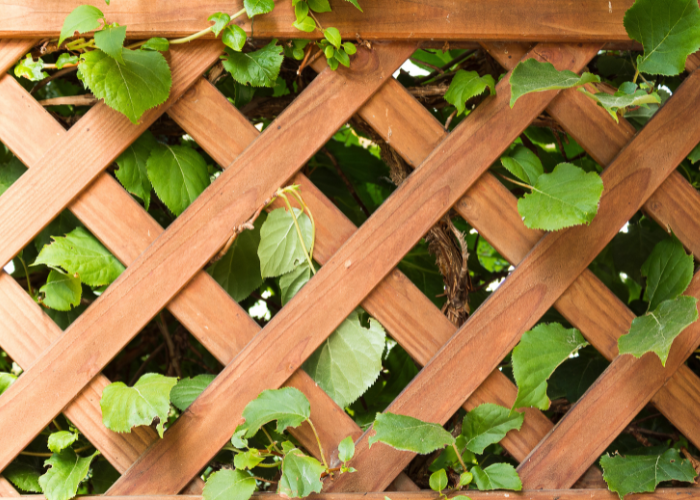
Lattice panels and trellises installed along the boundaries of your property in place of fencing will also need to adhere to the regulations for fencing heights.
There is no clear guidance or rules around how high a trellis can be within your garden – such as one used to grow plants and not as any kind of boundary fence. However, if you want to add a trellis that’s taller than two metres, it’s a good idea to contact your local council to find out whether you’ll need planning permission or not.
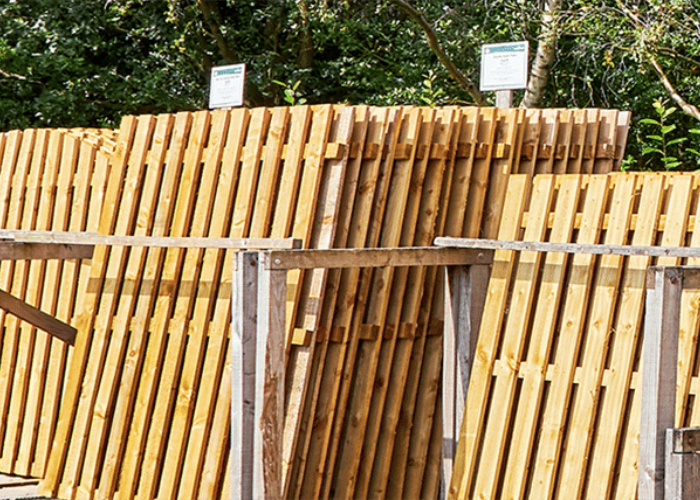
Earnshaws has been working with timber for seven generations, and today we’re one of the UK’s leading suppliers of quality timber fencing. You’ll find a huge selection of garden fences available in our range, including traditional fence panels, premium and heavy duty fence panels, palisade panels, and fencing accessories.
Feel free to ask about our timber fencing panels and screening at one of our fencing centres at Midgley between Wakefield, Hudddersfield and Barnsley, or Brigg in North Lincolnshire.
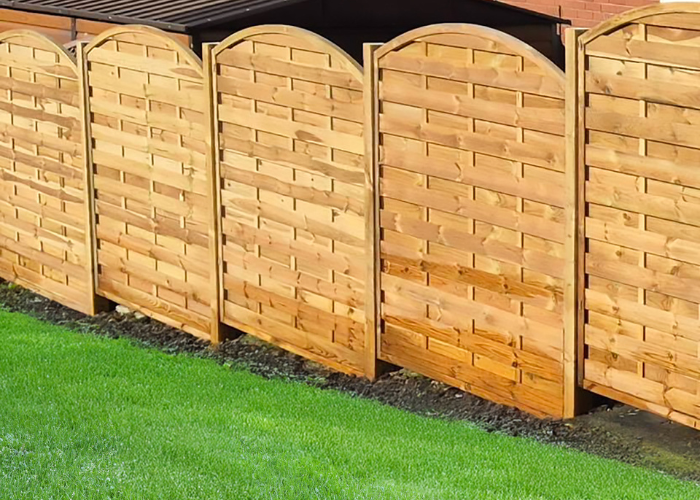
Q: How tall can my garden fences be?
A: In general, fences can be 2 metres (approximately 6.6 feet) high in your back garden. They can be 1 metre (approximately 3.3 feet) in your front garden and along any boundaries that run beside pavements, footpaths or roads. Fences taller than these heights will require planning permission.
However, your area or even your property may have different requirements. You should check with your local council before installing new fences to make sure there aren’t any additional local regulations.
Q: How to find out the local rules and restrictions in your area about fencing?
A: You should contact your local council to find out about fencing rules in your area. Visit their website to find phone or email contact details, or alternatively, try visiting the Planning Portal website.
Q: How wide is a fence panel?
A: Fence panels come 6 feet (1.83 metres) wide as standard, however, a range of sizes are available. Many fence panels can also be cut down to required dimensions. You’ll find a wide variety of timber fence panel sizes and styles available at Earnshaws.
Q: Who owns a boundary fence?
A: Have you been asking yourself “which boundary fence is mine”? It’s fairly easy to find out. The ownership of boundary fences should be outlined in your property deeds or title plan. Look for any inwards ‘T’ marks that indicate the direction of ownership to one side of any fences. If the documents are unclear, a polite discussion with your neighbour may help to clarify things – especially if they have documents of their own that are clearer.
Q: How much do fence panels cost?
A: Garden fencing comes in a wide range of styles, sizes, materials, and qualities of finish. And because of that, fencing panels can vary widely in price. At Earnshaws, you’ll find a selection of high-quality timber fencing available at great value prices.